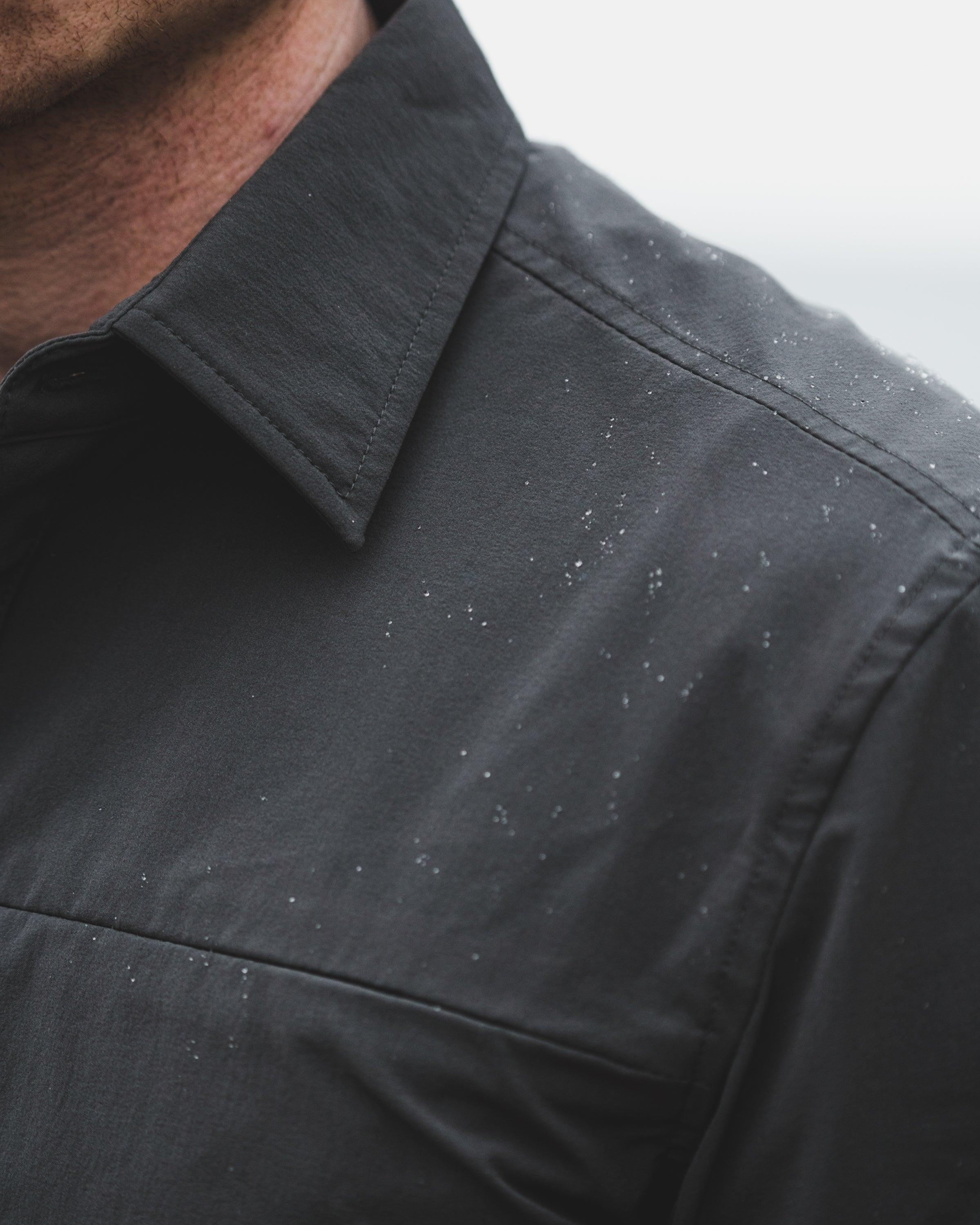"Technical" is a term often thrown around by clothing manufacturers, but what's it all about, really?
Well, we took a deep dive into the word's roots (hello, Greek word "techne") and discovered it's all about "art" and "completing a task" through craft, skill, and technique.
The Art of Task Completion
At Rúngne, when we design a garment, we start by identifying its purpose, the stresses it'll face, and the unique properties we want it to possess. But here's the catch: clothes should be versatile, suited for as many situations as possible! That means our creations must excel in their core function while adapting to various weather conditions and uses.
Our vision? To make everyday clothes as comfy and functional as sportswear, so you can move and play to your heart's content.
The Fabric Balancing Act
Choosing the main fabric for a Rúngne garment is a delicate dance. We have to strike the perfect balance between desired traits – like waterproofness vs. breathability or durability vs. comfort. It's a bit of an art form, but extensive field-testing helps us gauge a fabric's suitability for its intended use.
Synthetic vs. Organic: The Great Debate
Technical clothing often leans towards synthetic fibers like polyamide and polyester, and for good reason! While cotton and wool have their merits, synthetic fibers boast superior overall properties. Even military institutions, known for their demanding standards, have made the switch. But don't write off blended fabrics just yet – we're excited about the potential of synthetic and organic blends in this realm.
In a Nutshell Technical clothing is all about excelling in a specific purpose. So, if you're rocking non-stretchy denim for climbing, they're technically your go-to climbing pants! The definition of "technical" is subjective, so grab your favorite gear and let's embrace the adventure.






Share:
Rockin' the Crag Shorts: One Pair to Rule Them All!
Could This Be the World's Greenest Tee? Let's Find Out!